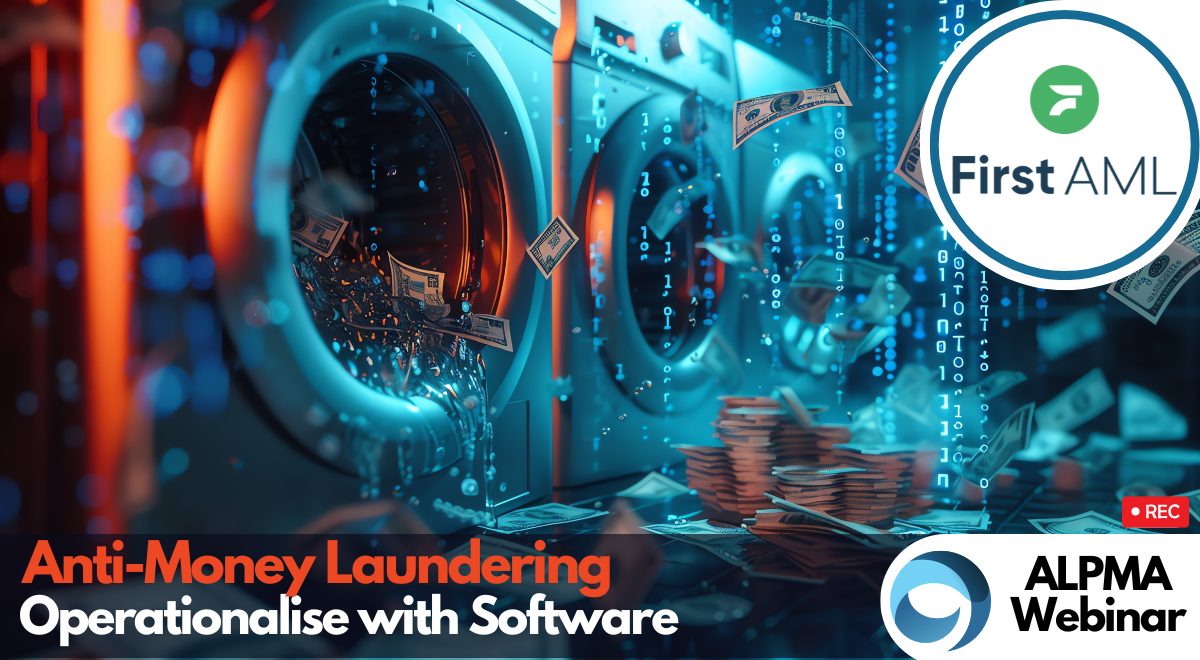In today’s digital age, law firms are increasingly turning to cloud computing to leverage its numerous benefits, including enhanced scalability, flexibility, cost-effectiveness, and improved collaboration.

In today’s digital age, law firms are increasingly turning to cloud computing to leverage its numerous benefits, including enhanced scalability, flexibility, cost-effectiveness, and improved collaboration. However, migrating to the cloud is not a simple task and requires careful planning, execution, and management. In this blog, we will explore the essential steps to successfully navigate a cloud migration, ensuring a smooth transition and reaping the full potential of cloud technology.
Step 1: Define Your Objectives
Before embarking on a cloud migration journey, it is crucial to define your objectives and understand the reasons behind the move. Whether it’s reducing infrastructure costs, improving application performance, or enhancing data security, having a clear vision will guide your entire migration process.
Step 2: Assess Your Current Environment
To create an effective migration strategy, you must thoroughly assess your existing IT infrastructure, applications, and data. Identify which applications are suitable for migration, which may require modification, and which ones should stay on-premises. This assessment will help you prioritize tasks and set realistic timelines for the migration.
Step 3: Choose the Right Cloud Service Provider
Selecting the appropriate cloud service provider is a critical decision that directly impacts your migration’s success. Consider factors such as pricing models, data centre locations, security protocols, sovereignty and the level of support provided. Engage with different providers, study their offerings, and choose the one that aligns best with your business requirements.
Step 4: Create a Robust Migration Plan
A well-structured migration plan is essential for a seamless transition to the cloud. Break down the process into smaller, manageable tasks, and allocate responsibilities to your team members. Ensure your plan includes comprehensive risk assessments, contingency measures, and a rollback plan in case unforeseen challenges arise during the migration.
Step 5: Conduct Testing and Pilot Runs
Before moving your entire infrastructure to the cloud, conduct thorough testing and pilot runs with a limited subset of applications and data. This allows you to identify potential issues and optimize your migration strategy. Address any performance bottlenecks or compatibility problems during this phase.
Step 6: Data Security and Compliance
Data security and understating where your data lives is of utmost importance during a cloud migration. Ensure that your chosen cloud provider adheres to industry-standard security protocols and compliance requirements relevant to your business and where you operate. Implement robust encryption methods, access controls, and sovereign data backup and disaster recovery strategies to safeguard your valuable information. Ensure your logs and environments are constantly monitored using a 24/7 Security Operations Centre (SOC) service.
Step 7: Train Your Team
Transitioning to the cloud may require your team to learn new tools, processes, and ways of working. Conduct training sessions to familiarize your employees with the cloud platform, security best practices, and efficient cloud resource management. A well-trained team will be better equipped to handle challenges and maximize the cloud’s benefits.
Step 8: Monitor and Optimize Performance
Once the migration is complete, the journey doesn’t end there. Continuous monitoring of your cloud environment is essential to identify performance issues, resource utilization, and potential cost optimizations. Regularly review your cloud architecture and make adjustments to ensure optimal performance and cost efficiency.
Conclusion
A successful cloud migration requires careful planning, meticulous execution, and a well-informed team. By defining clear objectives, selecting the right cloud provider, and conducting thorough testing, you can navigate the cloud migration maze with confidence. Remember that the cloud is not a one-time fix; it is an evolving technology that requires continuous monitoring and optimization to truly reap its rewards. With the right transitional approach, your business can harness the full potential of cloud computing, protect your data and business continuity to stay ahead in today’s fast-paced digital landscape.
Sovereign cloud & cyber security solutions for Australian law firms
AUCloud is a leading Australian-owned and operated sovereign cloud and cyber security services provider. AUCloud’s specialises in supporting Australian law firms, Governments and critical national industries (CNIs) with cutting-edge sovereign cloud infrastructure for storage, reliable backup solutions and dynamic cyber security, threat defence and critical response services including a 24/7 Managed Security Operations Centre. With a commitment to data sovereignty and safeguarding sensitive information, AUCloud takes pride in their role as a trusted partner for securing the nation’s critical industries.
Contact AUCloud for an obligation free consultation to discover why AUCloud is trusted to protect and manage the data and solutions of Australia’s most important organisations.
1800 282 568



